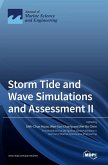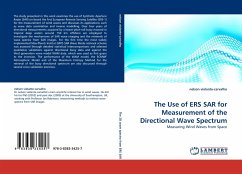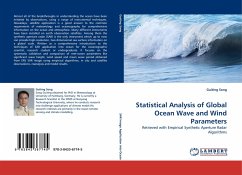In the present study, the capabilities of WAVEWATCH-III model for predicting wind-induced wave characteristics in the Hormoz Strait area are investigated.The effect of surface layer instability on wave growth was studied through considering the monthly averaged air-sea temperature difference. Results show that, during cold months when the surface layer is unstable, taking the air-sea temperature difference into account, the accuracy of model is enhanced in predicting significant wave height. A comparison between satellite altimetry observations and numerical simulation results suggest that, in January, the surface layer instability effects in the numerical simulation leads to higher correlation between significant wave height predicted by the numerical model and that obtained from satellite altimetry observations. It should be noted that the air-sea temperature difference, during the surface layer stability period, leads to no considerable changes in numerical simulation results.
Bitte wählen Sie Ihr Anliegen aus.
Rechnungen
Retourenschein anfordern
Bestellstatus
Storno








